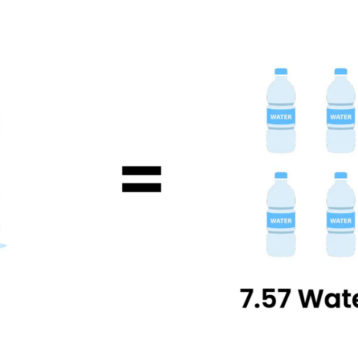Microfilm is a term that refers to several different methods of keeping records. Typically, newspapers and photos are converted to microfilm because the original copy is becoming worn out and is rapidly deteriorating. By transferring the information into a small-scale copy, the content is preserved. However, there are actually several different types of microfilm. Simplex and Duplex are both the typical microfilm that comes on a roll, but there are others. An ANSI cartridge is a slightly different design. Microfiche holds the information in card-form, rather than on a roll, requiring a different machine to use. All of these technologies perform the same function, however, holding and preserving information. From their compact nature to the strength of the rolls, here are five advantages to using microfilm.
Compact
Although specific conditions are better for the rolls of microfilm, the same can be said for newspapers and photos. In addition, several years’ worth of newspapers can be stored on one roll. Microfilm is one of the smallest ways to store and file information, so it takes much less space to store than if the original photographs and newspapers were in storage. Some estimate that a year of newspapers can be transferred to a roll of microfilm, taking up around ten percent of the space and less than five percent of the weight of the papers themselves. The smaller space means that they are also easier and more convenient for archivists and librarians, who have information available for researchers.
Strength
Microfilm is not made of the same materials as a regular film but is made of polyester. This makes the film stronger than other similar films. It has also been designed to reduce the reactions that the records have with changes in temperature or humidity. Before a document is transferred to microfilm, there are conversations about how long the document is going to be needed. Silver gelatin film is an even stronger model, estimated to last five hundred years. They are designed to last for a long time, particularly if they keep in places with ideal temperatures; things always last longer if stored at specific temperatures. Documents are transferred to microfilm because of the durability of the medium, as opposed to the paper model.
Safety
While it may not seem likely, there are people who tamper with historical records in an effort to change the story. When it comes to microfilm, however, there is no easy way to alter information. Since it is a direct copy of the original document, it is nearly impossible for that information to be doctored in any way. If a change has been made, it is hard to hide it. This means that the data someone gets while using a microfilm for research is extremely reliable. Microfilm is also hard to copy or forge since the technology used to create a microfilm is quite specific. As a result, information theft is less common when microfilm is involved. While it is possible to read microfilm without a microfilm reader, it can be as cumbersome as trying to steal a microfilm reader from the local library.
Reliable
Technology is constantly changing, and research is adapting along with those changes. However, when it comes to utilizing microfilm, there have been no major technological advantages in the reading of the data. The machines may be updated, and the storage process may have been adjusted after more study, but the way that the technology is used has remained the same.
Another advantage to microfilm is that, if the power should go out or the machine breaks, the only thing that would be needed to read the data would be a magnifying glass. It is also available to anyone who can read the documents, not being tied to a specific form of technology that may become outdated soon.
Digitization
In addition to all the other advantages of microfilm, it is also a medium that can easily be transferred to digital records. There are many companies that specialize in this transfer, which allows a company to bypass the major downside to microfilm, the lack of a search function. By having microfilm digitized, the documents can be searched and shared more rapidly than before. However, as is the case in many new technologies, it is important to consider keeping the original microfilm records anyway. The ability to make a backup of the records can be important; if there is a fire or flood, the information is not totally lost. Having both forms of the record means that the information can be accessed by a wider variety of people with different abilities to travel and use the on-site archives.
Microfilm is a valuable source of research and a useful way to store information. Not only does it take up less space, it also allows for easy transfer to a digital form, is a safe and strong way to store documents, and, despite ever-changing technologies, it is a reliable information repository.










